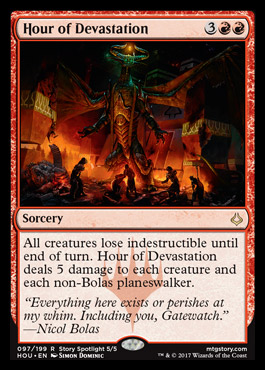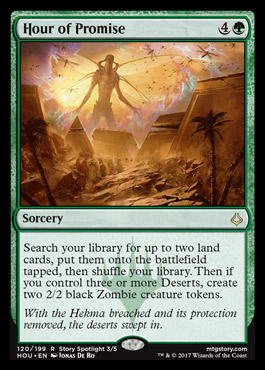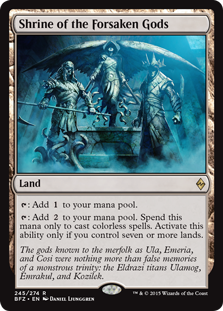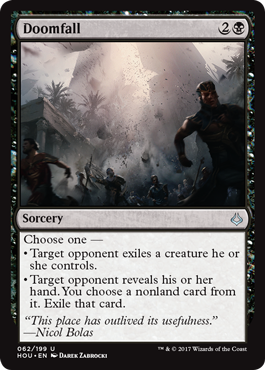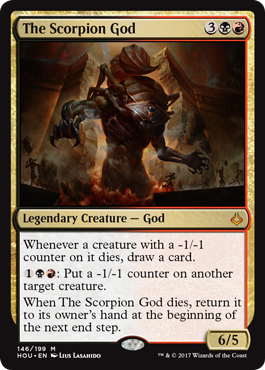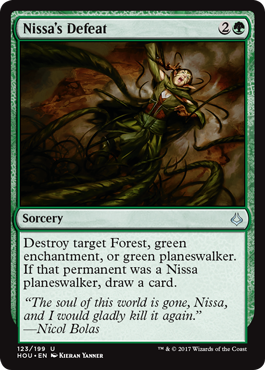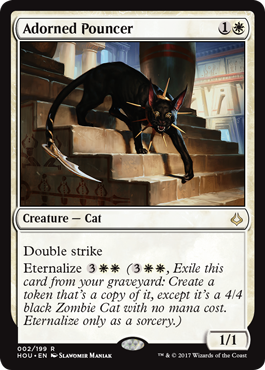Getting to Know God-Pharaoh’s Gift
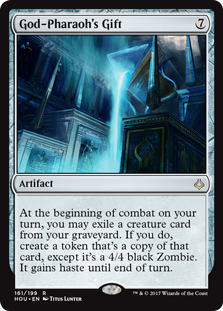
God-Pharaoh’s Gift is The Postmodern Debtors’ Knell…
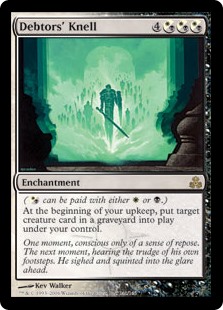
Both cards cost seven mana. However, the new version is a colorless artifact; consequently, it is an easier seven than Debtors’ Knell to get into play.
Above and beyond Debtors’ Knell, though, God-Pharaoh’s Gift grants haste! Take that, opponent!
Another Home for Champion of Wits

God-Pharaoh’s Gift wants you to put creatures into your graveyard. After all, it is from the graveyard that the dead will rise (and hastily attack). Champion of Wits specializes in putting cards — creatures or otherwise — into the graveyard. It helps dig to your God-Pharaoh’s Gift (or proxy for). A creature itself, when you return a Champion of Wits, it comes back as a 4/4 creature so you draw even more cards!
The synergies do not end with just fueling creatures.
You can discard God-Pharaoh’s Gift itself to the graveyard. Why would you want to do that?
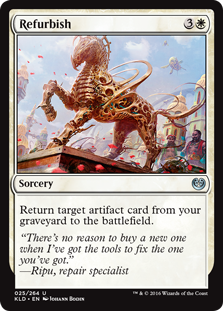
Redundancy, Incorporated
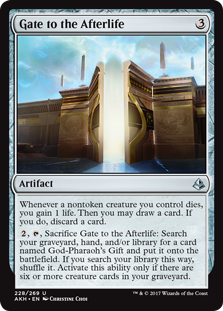
I’d say drawing and discarding cards helps you dig to your key spell… But that’s not even necessary here. Once you have six creatures in the graveyard (whether from looting, or discarding to Champion of Wits, chump blocking) you can just switch one artifact for the other.
Gross.
For more on this great strategy, more Champion of Wits, and lots and lots more Mono-Red in Standard, check out this week’s podcast now!

